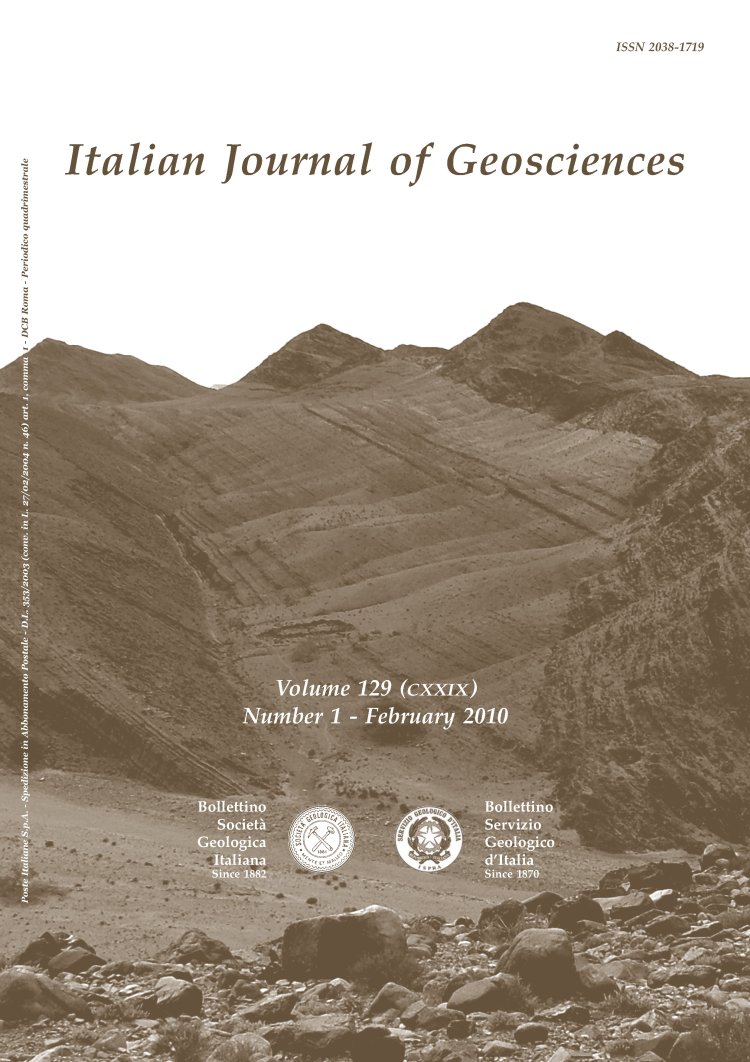
The study of large erratic boulders casts new light on some glacial palaeogeography problems in the Apuan Alps (Tuscany, Italy)
Paolo Roberto Federici(*) (withthecollaborationofBarbaraFontanini)
(*) Dipartimento di Scienze della Terra, Università di Pisa - Via Santa Maria, 53 - 56100 Pisa (Italy), federici@dst.unipi.it
DOI: https://doi.org/10.3301/IJG.2009.08
Volume: 129 (2010) f.1
Pages: 91-100
Abstract
Erratic boulders of glacial origin, mainly made of jasper, marble and cherty limestone, are found in the main valleys of the Apuan Alps. Such boulders are especially widespread in the north-eastern sector of the Apuan Alps, sometimes in great number, and they bear witness to a 6 km long journey. Their size may vary greatly, but several erratic boulders are quite large, sometimes even larger than hundreds of cubic metres. The size of the boulders, in comparison to thelimited dimensions of the small Apuan glaciers, as well as their number, leads to the hypothesis that they are the result of synglacial landslides, having fallen down on the ridges of moving glaciers. The types and distribution of the erratic boulders allow one to outline the dimensions of the main glacial bodies and assess the relationships between them. Moreover, the presence of erratic boulders opens new avenues of research in order to complete the description of the Apuan glaciation and its chronology by using the techniques of exposure age dating, which can be easily applied to erratic boulders.
Keywords
Get Full Text